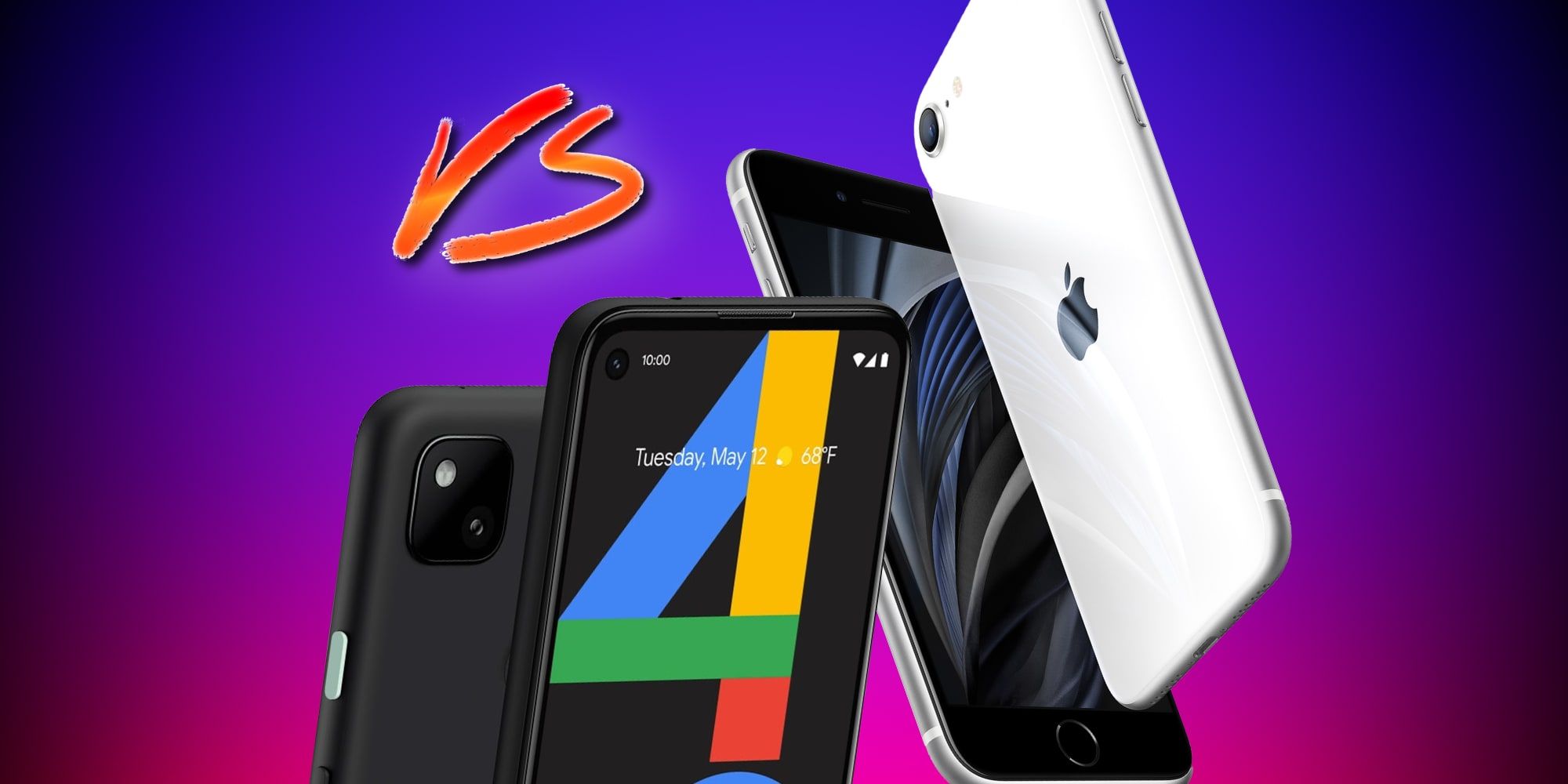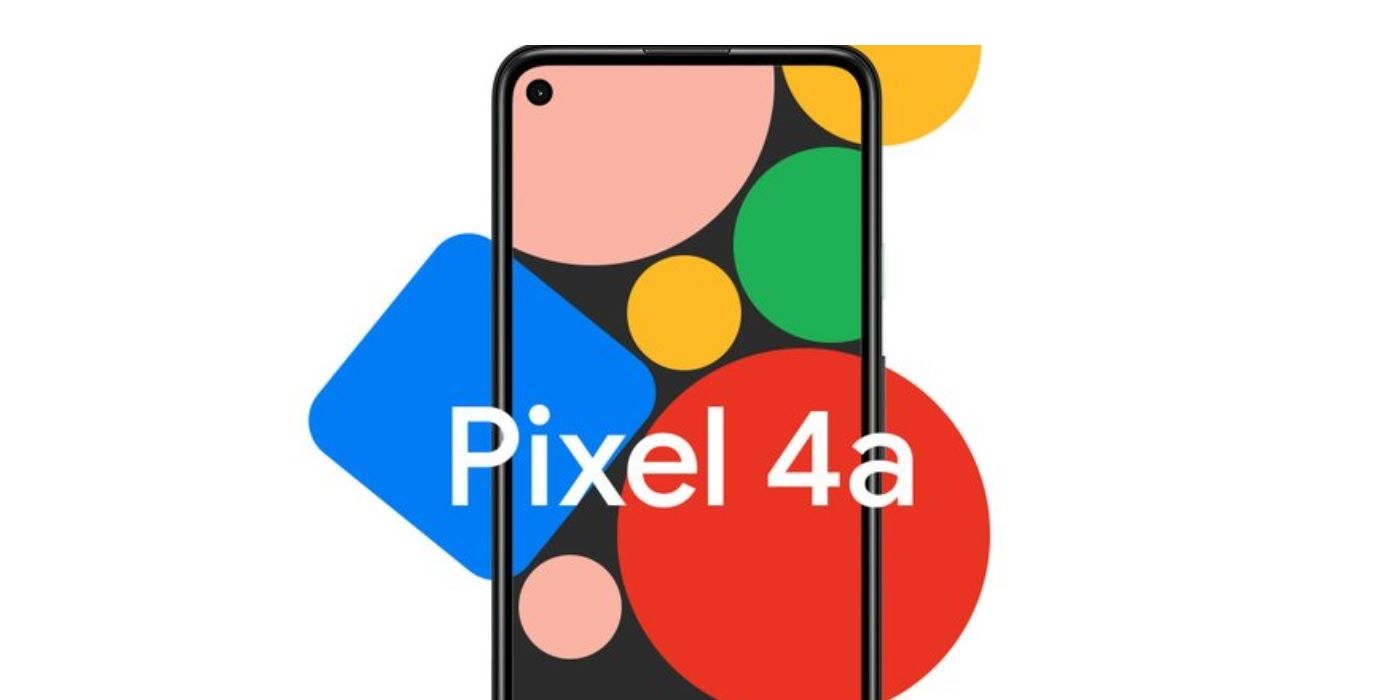The flagship Google Pixel is known for its computational photography prowess, but some may wonder how its budget model, the Pixel 4a, compares to Apple’s low-cost iPhone SE. Comparing camera specifications and special features from the camera apps can help to decide which is the better smartphone for taking photos and selfies.
Early feature phones, which included physical buttons for dialing, sometimes had cameras, but the quality was so poor that most of the early photos would be considered unusable by modern standards. Most would reach for the point-and-shoot camera when looking to snap a picture to share with others or save for later viewing. Apple may have started the modern smartphone revolution when it launched the first iPhone in 2007 with its 2-megapixel rear camera with no front camera, but it was Google that brought the world of computational photography to mobile phones with its first Pixel in 2013.
Google sells two surprisingly different models of its budget smartphone, the Pixel 4a 5G costs $499 and it includes two rear cameras. The lower-cost model, priced at $349, is a closer match to the iPhone SE which starts at $399. Apple’s budget phone has a single rear camera, a 12-megapixel wide-angle with f/1.8 aperture. It has nice optical image stabilization which is generally mentioned with regard to video recording but makes for sharper still photos as well. As there is no telephoto camera, the user must rely upon a digital zoom, which allows up to 5x scaling, but does little to enhance the image. It’s better to move physically closer when using digital zoom. Google’s Pixel 4a has similar, but slightly better camera hardware for the rear camera with 12.2-megapixel resolution, optical stabilization, and a brighter f/1.7 aperture. This same advantage shows up on the selfie camera, with the iPhone SE’s 7-megapixel front-facing camera at f/2.2 lagging behind the Pixel 4a’s 8-megapixel camera and larger f/2.0 aperture. The small advantage in specifications wouldn’t make much difference, but the magic happens in the software.
Google's Computational Photography
The Pixel 4a builds upon four generations of refinements to the Google Camera app, coming after the Pixel 4, and the budget model has access to the same software features as the flagship Pixel 5. Google’s legendary ‘Night Sight’ mode that allows bright and colorful photos in low-light conditions is included. Digital zoom uses ‘Super Res Zoom’ processing to bring more detail and eliminate pixelization. ‘Dual Exposure Controls’ let the users set light and dark values independently and preview the shot before snapping the photo. Google’s ‘HDR Plus’ makes the most of every image and portrait mode is remarkably reliable even though there is only a single camera used to determine the depth and choose which portion of the image to blur.
Apple has already developed the software to allow good computational photography. The camera app of the iPhone 11 allows ‘Night Mode’ and its wide-angle camera has the same specifications as the iPhone SE, yet this budget model doesn’t allow enhanced low-light photos. The iPhone SE even has the same A13 processor as the iPhone 11, so it isn’t the lack of processing power that holds this model back either. Also missing is ‘Deep Fusion’ which sharpens and enhances images taken in good lighting. Perhaps Apple simply withheld those features as an incentive to upgrade. Whatever the reason, photos taken with the iPhone SE don’t compare well to the quality produced by Google’s lower-cost Pixel 4a.


